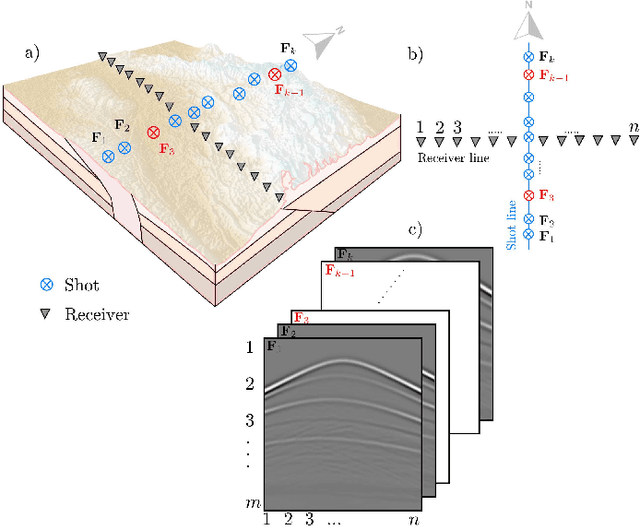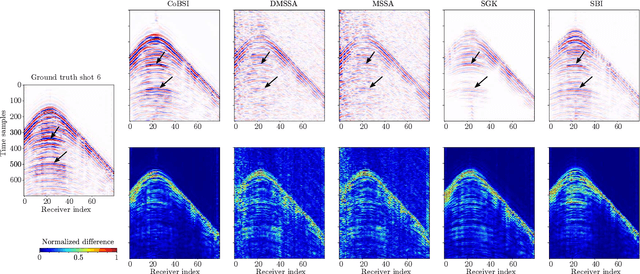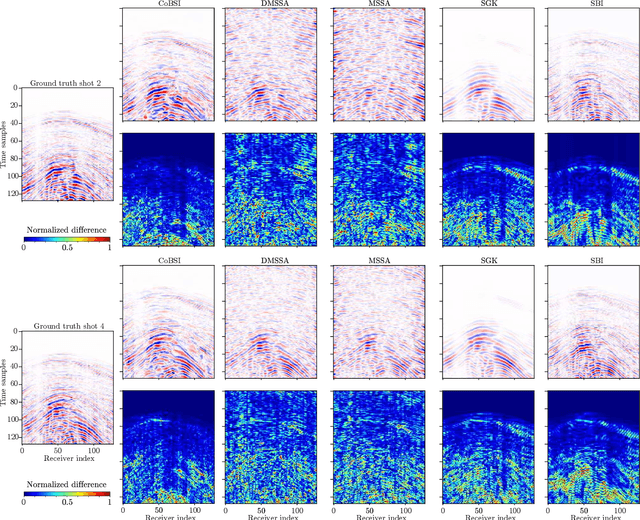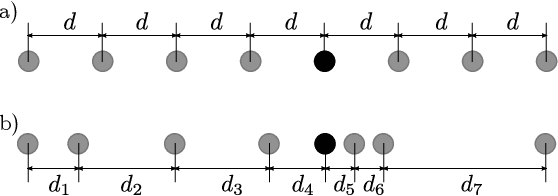Claudia Correa
BiPer: Binary Neural Networks using a Periodic Function
Apr 01, 2024Abstract:Quantized neural networks employ reduced precision representations for both weights and activations. This quantization process significantly reduces the memory requirements and computational complexity of the network. Binary Neural Networks (BNNs) are the extreme quantization case, representing values with just one bit. Since the sign function is typically used to map real values to binary values, smooth approximations are introduced to mimic the gradients during error backpropagation. Thus, the mismatch between the forward and backward models corrupts the direction of the gradient, causing training inconsistency problems and performance degradation. In contrast to current BNN approaches, we propose to employ a binary periodic (BiPer) function during binarization. Specifically, we use a square wave for the forward pass to obtain the binary values and employ the trigonometric sine function with the same period of the square wave as a differentiable surrogate during the backward pass. We demonstrate that this approach can control the quantization error by using the frequency of the periodic function and improves network performance. Extensive experiments validate the effectiveness of BiPer in benchmark datasets and network architectures, with improvements of up to 1% and 0.69% with respect to state-of-the-art methods in the classification task over CIFAR-10 and ImageNet, respectively. Our code is publicly available at https://github.com/edmav4/BiPer.
GAN-supervised Seismic Data Reconstruction: An Enhanced-Learning for Improved Generalization
Nov 17, 2023Abstract:Seismic data interpolation plays a crucial role in subsurface imaging, enabling accurate analysis and interpretation throughout the seismic processing workflow. Despite the widespread exploration of deep supervised learning methods for seismic data reconstruction, several challenges still remain open. Particularly, the requirement of extensive training data and poor domain generalization due to the seismic survey's variability poses significant issues. To overcome these limitations, this paper introduces a deep-learning-based seismic data reconstruction approach that leverages data redundancy. This method involves a two-stage training process. First, an adversarial generative network (GAN) is trained using synthetic seismic data, enabling the extraction and learning of their primary and local seismic characteristics. Second, a reconstruction network is trained with synthetic data generated by the GAN, which dynamically adjusts the noise and distortion level at each epoch to promote feature diversity. This approach enhances the generalization capabilities of the reconstruction network by allowing control over the generation of seismic patterns from the latent space of the GAN, thereby reducing the dependency on large seismic databases. Experimental results on field and synthetic seismic datasets both pre-stack and post-stack show that the proposed method outperforms the baseline supervised learning and unsupervised approaches such as deep seismic prior and internal learning, by up to 8 dB of PSNR.
Coordinate-Based Seismic Interpolation in Irregular Land Survey: A Deep Internal Learning Approach
Nov 21, 2022



Abstract:Physical and budget constraints often result in irregular sampling, which complicates accurate subsurface imaging. Pre-processing approaches, such as missing trace or shot interpolation, are typically employed to enhance seismic data in such cases. Recently, deep learning has been used to address the trace interpolation problem at the expense of large amounts of training data to adequately represent typical seismic events. Nonetheless, state-of-the-art works have mainly focused on trace reconstruction, with little attention having been devoted to shot interpolation. Furthermore, existing methods assume regularly spaced receivers/sources failing in approximating seismic data from real (irregular) surveys. This work presents a novel shot gather interpolation approach which uses a continuous coordinate-based representation of the acquired seismic wavefield parameterized by a neural network. The proposed unsupervised approach, which we call coordinate-based seismic interpolation (CoBSI), enables the prediction of specific seismic characteristics in irregular land surveys without using external data during neural network training. Experimental results on real and synthetic 3D data validate the ability of the proposed method to estimate continuous smooth seismic events in the time-space and frequency-wavenumber domains, improving sparsity or low rank-based interpolation methods.
 Add to Chrome
Add to Chrome Add to Firefox
Add to Firefox Add to Edge
Add to Edge